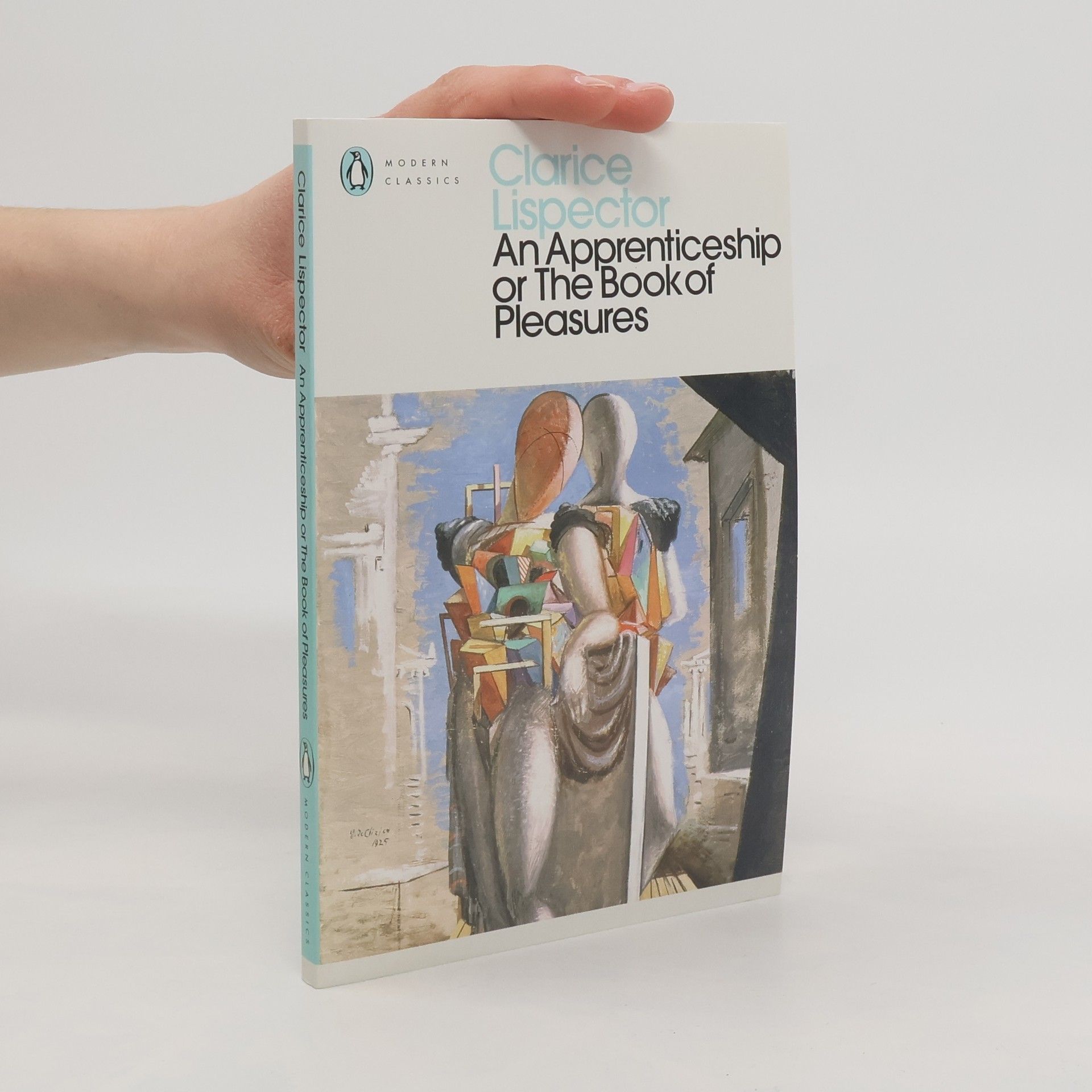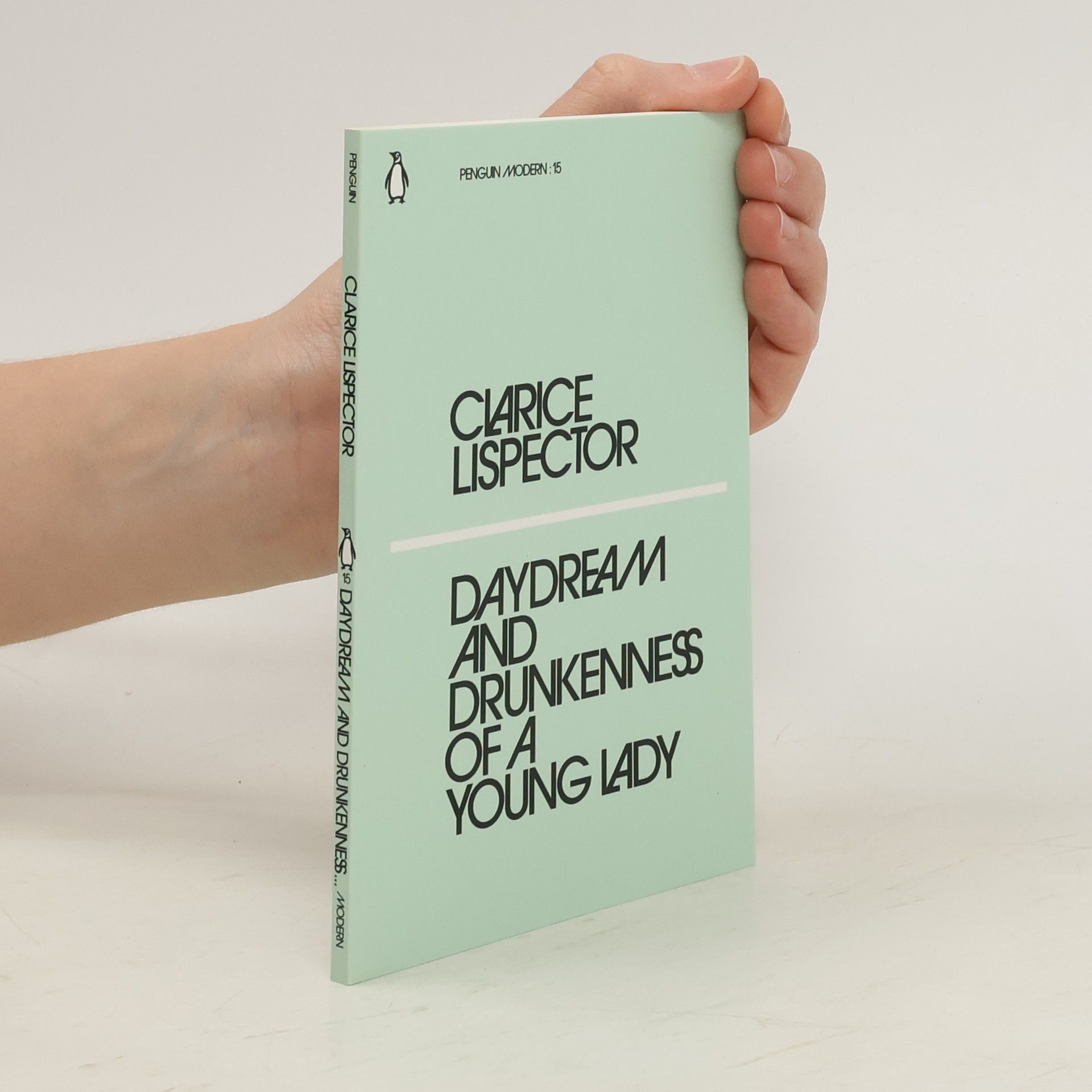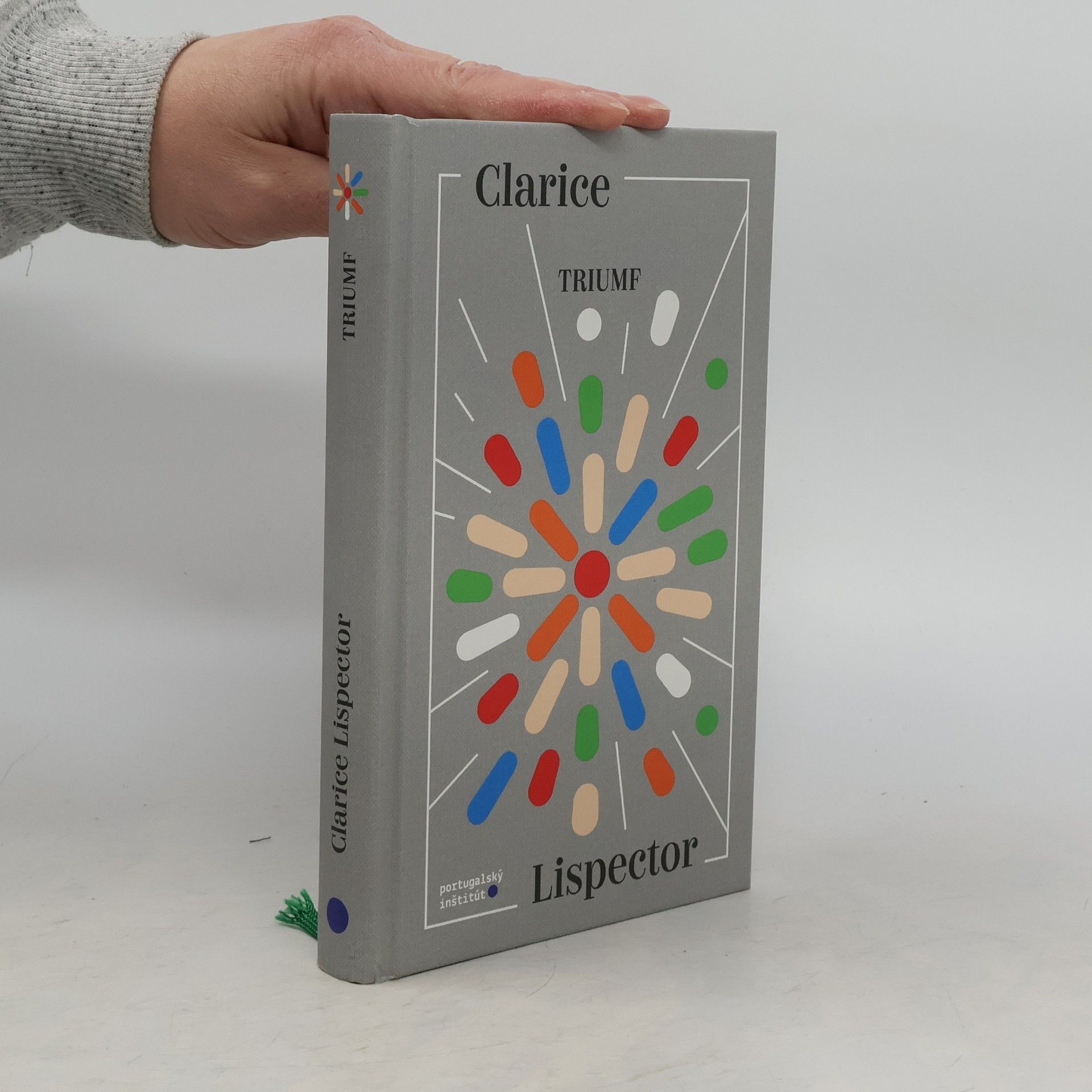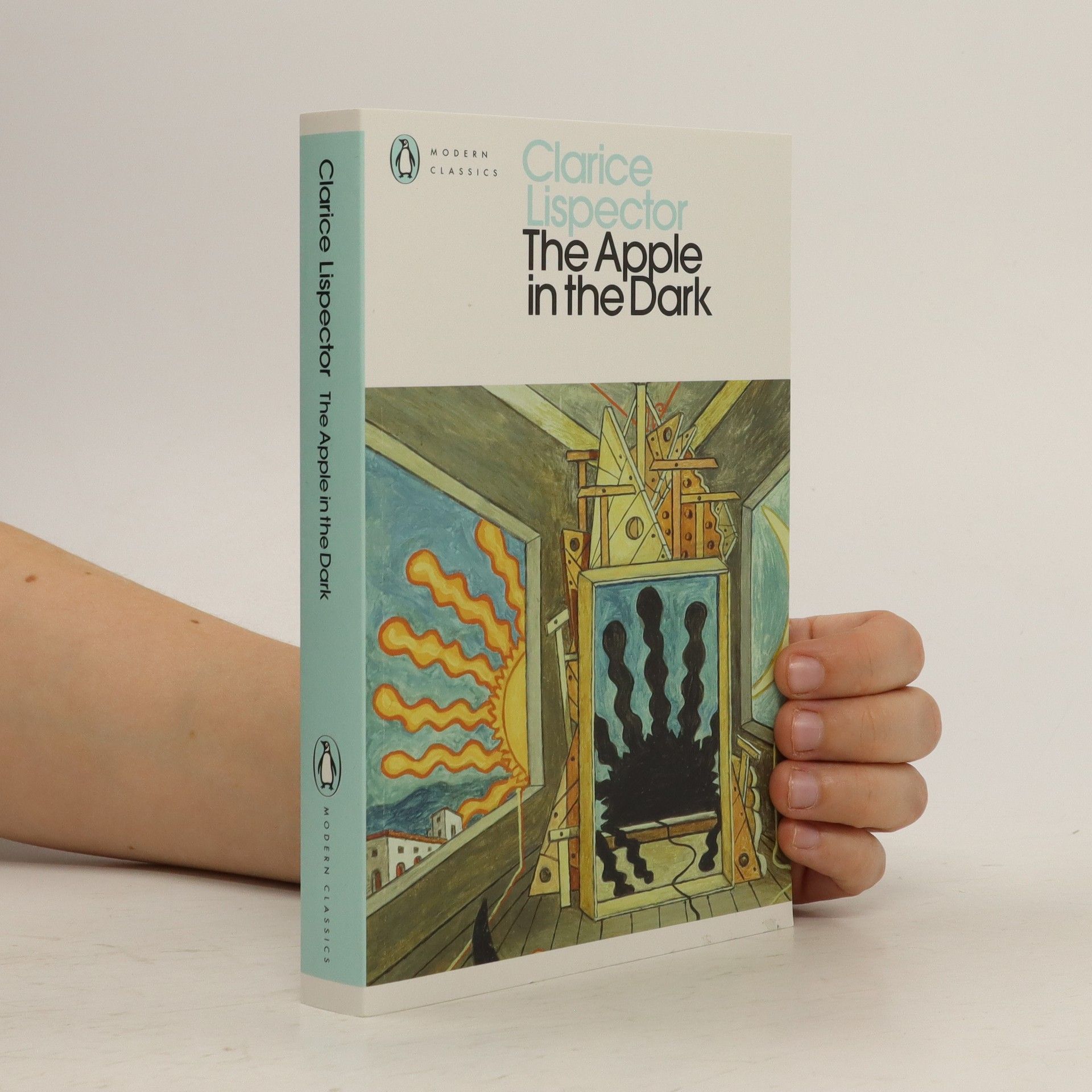Clarice Lispector Book order
Clarice Lispector was an internationally acclaimed Brazilian author celebrated for her innovative novels and short stories. Her work is renowned for its profound psychological insight and experimental use of language, delving into the core of human existence. Lispector explored themes of identity, spirituality, and the mundane, often employing interior monologue and an introspective style. Her unique narrative approach and the philosophical questions she posed have cemented her as one of the most significant and influential voices in 20th-century Latin American literature.







- 2025
- 2025
The Mystery of the Thinking Rabbit
- 48 pages
- 2 hours of reading
In this whimsical detective story, a chatty rabbit engages young readers with a playful challenge to uncover the mystery of his frequent escapes from his hutch. Designed for animal lovers aged 5 to 9, the narrative invites interaction and encourages problem-solving, making it an ideal choice for reading aloud.
- 2025
Almost True
- 48 pages
- 2 hours of reading
In a whimsical exploration of the world's mysteries, talking animals become the narrators in this enchanting picture book. With a style reminiscent of Rudyard Kipling, the story invites young readers aged 5 to 9 to engage with the vibrant characters and their playful insights. Clarice Lispector's unique storytelling brings a blend of humor and wonder, making complex ideas accessible and entertaining for children.
- 2023
The small incidents of life become moments of inner revelation in the luminous writing of Clarice Lispector. A woman contemplating a vase of roses after a nervous breakdown; a tangled mother-daughter relationship; a man's abandonment of a dog; an animal in a zoo- each one leads to mystery and self-discovery, delight and devastation.
- 2023
W zbiorze Mistrzowie opowieści. O kobiecie znalazły się opowiadania 22 mistrzyń i 3 mistrzów opowieści, pochodzących z 21 krajów, piszących na przestrzeni dwóch stuleci w kilkunastu różnych jezykach. Teksty te pokazują wspólnotę kobiecych doświadczeń i róźnorodność ich losów, opowiadają o kobiecie młodej, dojrzałej i starej, o kobiecie w roli uczennicy, matki, kochanki, zony, sprzątaczki, kucharki i muzy. Obok noblistki Selmy Lagerlf zaistnieje współczesna literatura z Finlandii, klasyczna opowieść grozy Charlotte Perkins Gillman zainspiruje autorkę z Trynidadu, a ponowna lektura Virginii Woolf uzupełni napisane specjalnie dla tego zbioru opowiadania Radki Denemarkovej i Agnieszki Szpili.
- 2023
In the mistaken belief that he has killed his wife, Martim flees the city and arrives, in a state of both fear and wonder, at a remote ranch. There, he will have to remake himself, emerging, from the beast-like state in which his crime has plunged him, to the fullness of a reinvented humanity. Along the way, he will mark the lives of the two women who run the ranch, brambly, authoritarian Vit ria and her weepy cousin Ermelinda. But the real drama is interior- Clarice Lispector's most wrenching, and most intoxicating, exploration of how a man becomes a human - and of how language can transform a life into a destiny. A highly sculpted, metaphysical book whose mysteries and allegories glow with a scintillating light, Apple in the Dark is a masterpiece by "one of the hidden geniuses of the twentieth century'" (Colm T ibin). Translated by Benjamin Moser.
- 2023
Wofür ich mein Leben gebe
Kolumnen 1946-1977
Die Entdeckung des »Kosmos Clarice Lispector« geht weiter: So persönlich war die Ikone der modernen Literatur noch nie zu erleben. Clarice Lispector, eine der bedeutendsten literarischen Stimmen des 20. Jahrhunderts, schrieb von 1969 bis 1973 für das »Jornal do Brasil« und führte eine wöchentliche Kolumne. Bekannt für ihre tiefgründigen Romane und Kurzgeschichten, verwandelt Lispector in diesen Kolumnen persönliche Erlebnisse in berührende, oft humorvolle Episoden. Sie thematisiert die verlorene Liebe eines Taxifahrers, die bittersüße Wahrheit hinter der Schönheit einer alten Freundin, sowie ihre eigene Familie und Kindheit. Dabei entdeckt sie die Widersprüche und Eigenheiten des Lebens. Ihre Reflexionen über das Schreiben und ihre Leseerfahrungen schaffen eine Verbindung zur brasilianischen Musik ihrer Zeit. Lispectors einzigartiger Blick auf die Welt, ernst und spielerisch zugleich, offenbart wertvolle Einsichten und bringt uns der Schriftstellerin näher als je zuvor. Luis Ruby, der renommierte Übersetzer ihrer Werke ins Deutsche, hat die unterhaltsamsten und aufschlussreichsten Kolumnen ausgewählt und kommentiert. Ihre Kolumnen zeigen Lispector als eine komplexe, witzige und niemals banale Autorin, die zur brasilianischen Ikone wurde.
- 2022
If the magnificent work of Clarice Lispector comprises a literary feast (and it does), then the crônicas-short, spontaneous, intensely vivid newspaper pieces-are her delicious canapés
- 2022
The Woman Who Killed the Fish
- 64 pages
- 3 hours of reading
While explaining to her sons why their fish is dead, the author relates stories of memorable animals in her life.
- 2022
Ich und Jimmy
Storys. Übersetzt von Luis Ruby, mit einem Nachwort von Teresa Präauer
Best-of-Lispector: 30 ausgewählte Kurzgeschichten der Kultautorin«Besser als Jorge Luis Borges» – Elizabeth Bishop. «Schneidend wie ein Diamant» – Rachel Kushner. «Die brasilianische Virginia Woolf» – Karl Lagerfeld. Selten ist ein Werk des 20. Jahrhunderts so überschwänglich und einhellig gerühmt worden wie das von Clarice Lispector. Im Mittelpunkt dieser faszinierenden Sammlung von 30 Short Stories stehen weibliche Erfahrungen und Sichtweisen auf die Welt. Luisa, eine junge Frau führt ein Doppelleben als Ehegattin und Stripteasetänzerin. Miss Algrave, ein irisches Mauerblümchen, erlebt in London unverhofft ihr sexuelles Erweckungserlebnis. In einer anderen Geschichte rächen sich zwei Frauen, Carmem und Beatriz, die in wilder Ehe mit einem Mann zusammenleben, auf perfide Art für seine chronische Untreue.In Lispectors Kurzprosa, von Luis Ruby neu ins Deutsche übersetzt, lernen wir eine ungeheuer vielseitige Erzählerin kennen. Noch für die widersprüchlichsten Gefühle findet sie ein originelles Bild oder eine aufregende Wendung, eine treffende Charakteristik oder eine kluge Sentenz. Neben der titelgebenden Geschichte werden unter anderem die Erzählungen «Sofias Dramen», «Heimliches Glück», «Die Abfahrt des Zuges», «Auf der Suche nach einer Würde», «Tagtraum und Trunkenheit einer jungen Frau» sowie «Dona Frozinas Finessen» enthalten sein. Lispectors Fabulierkunst langweilt nie und verblüfft immer.



